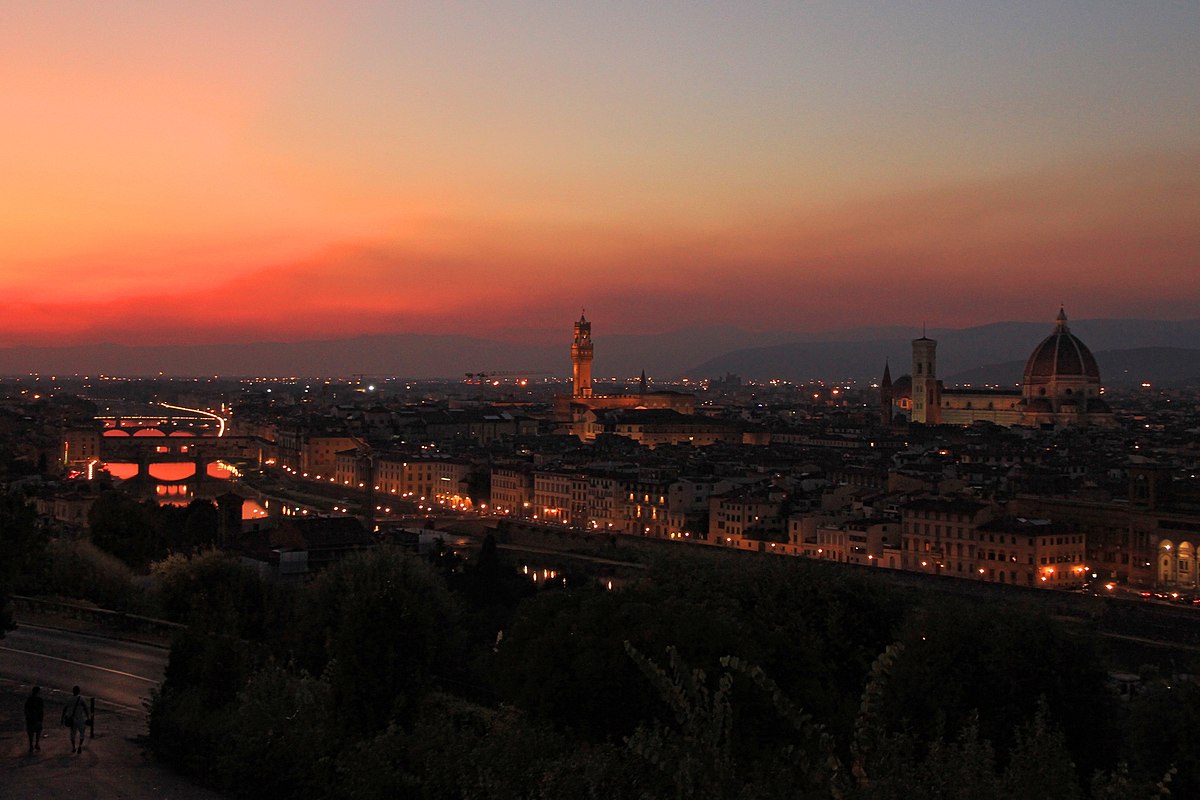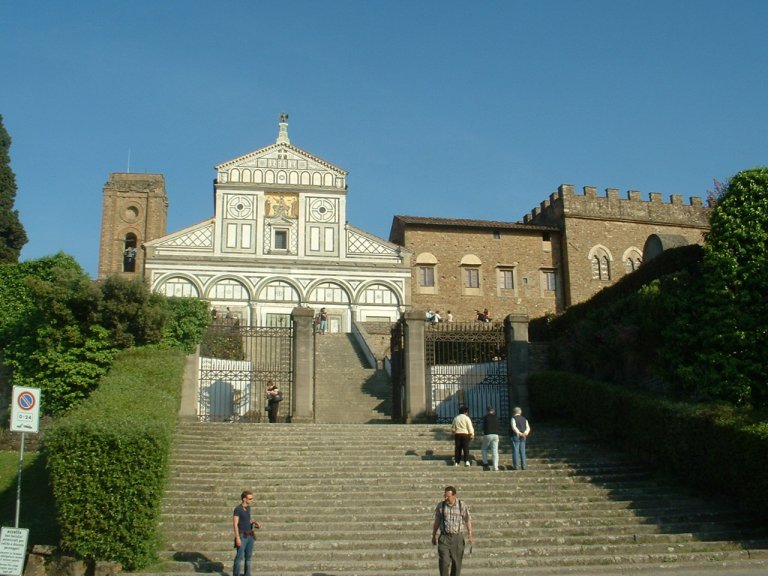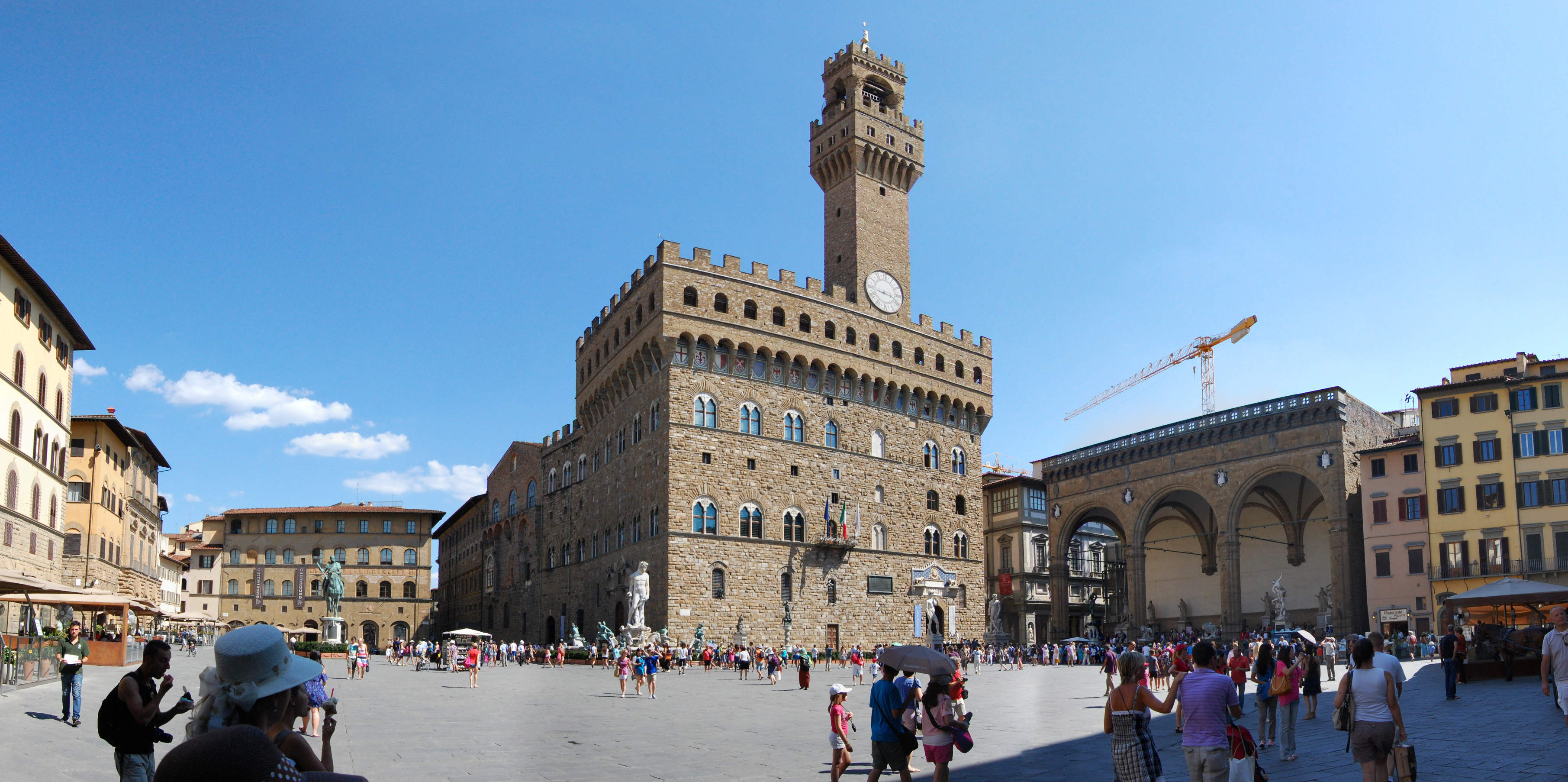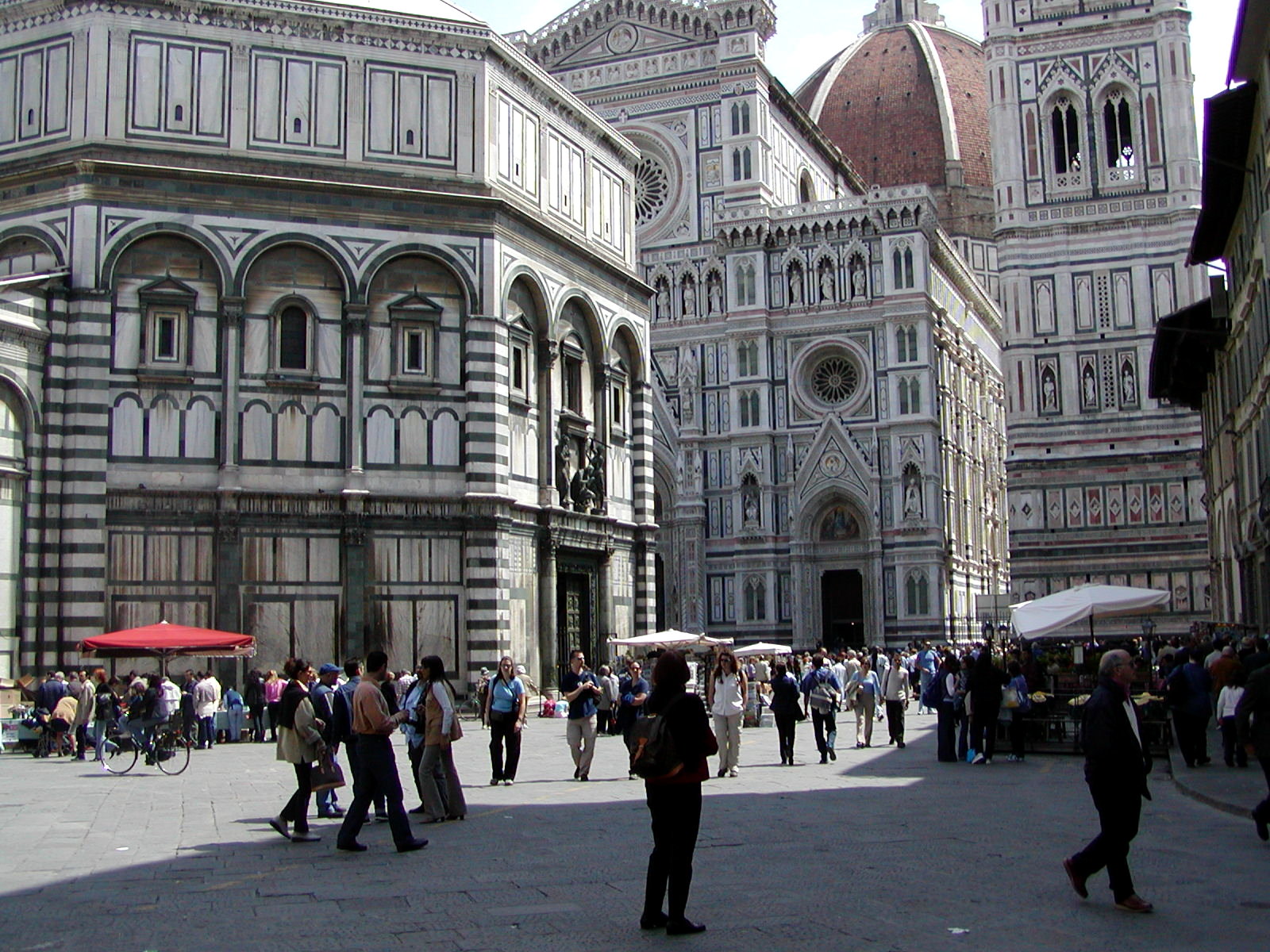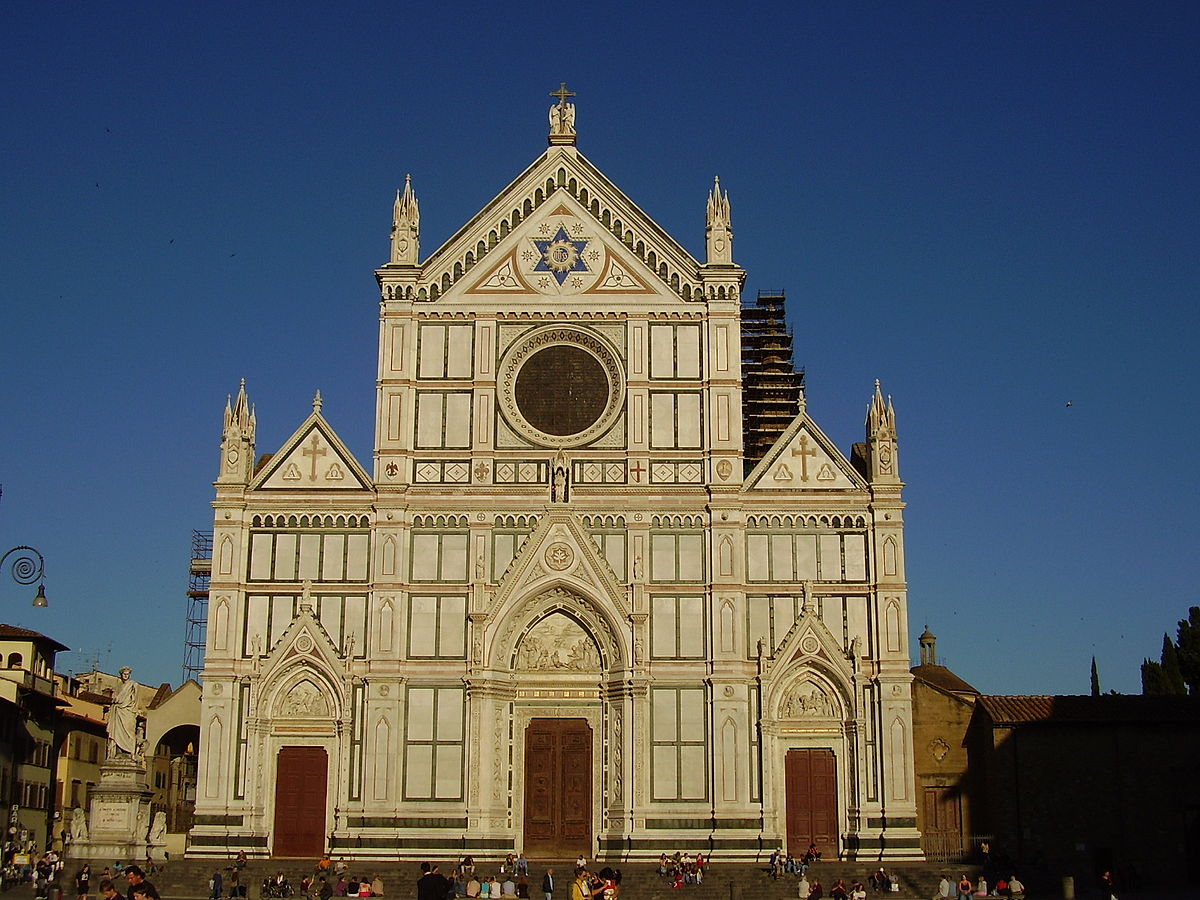We continue our series of posts on Florence and today we hit the hot topic: art and monuments in Florence. This post cannot in any way be complete and give full credit to the amazing jewel that Florence is. We will try our best anyway.
The first problem is to choose the first monument to see. So we will cheat our way out of this issue, by stating that the whole town is a monument worth seeing. This in not (just) a joke, we really encourage you to take advantage of the unique location of this EGMO, just taking a walk from the hotel and breathing the beauty of Florence. Be sure to be back at the hotel for your meals (unless it is your intention to try the local cuisine, which we wrote about in this previous post).
So, let’s say that you are at the hotel: it lies on the northern bank of the Arno river. So if you want to go for a stroll you have a choice right in front of you: shall I cross the river or not?
Let’s assume you opted for crossing (but don’t worry, we will cover the other case as well!). It is a good idea, in particular if you are looking for some additional physical activity. But I digress.
You crossed the bridge and you can start your tour with Porta San Niccolò, once upon a time (in 1300) a city gate. Take a breath and climb up to Piazzale Michelangelo. The place itself is not extremely nice, but the view is amazing. Moreover in the area you have the churches of San Salvatore al Monte and San Miniato al Monte, the latter being one you cannot leave Florence without checking.
Now let’s lose this potential energy and go back to the San Niccolò neighbourhood, and proceed west, to see Palazzo Pitti, with the gorgeous Giardino di Boboli in the backyard and the Basilica di Santo Spirito (the architect behind it is Brunelleschi, a name that will come up again in this tour). One last stop, before crossing the river once again, is the baroque Church of Santa Maria del Carmine which hosts the famous Cappella Brancacci, painted by Masolino and Masaccio.
Think you did enough visiting? Well, actually the juicy part comes now: as you can see from the map, most of the famous buildings in Florence are in the north bank of the Arno river. If you are very lazy, we recommend you to visit that part of the city, and take a bus to piazzale Michelangelo.
Enough talking, let’s continue our visit. We now have to cross the Arno again, and the best way to do so is by walking on Ponte Vecchio (which literally means “old bridge”); it’s one of the most iconic monuments of Florence: a bridge with houses and shops built on top of it; nowadays all the shops are luxury jewelries.
Turning right you will find yourself under the Uffizi gallery, one of the most important museums in Italy and the world: it hosts the best Renaissance collection with masterpieces by Leonardo, Botticelli, Michelangelo, Raffaello and also many other non-Italian artists. If you plan to visit Uffizi, set some time apart for it and, possibly, schedule ahead, since the queue for spontaneous visits can be quite long.
Turning away from the river you’ll be in Piazza della Signoria: on the left there is Loggia dei Lanzi, with copies of many famous statues by Florentine artists. On the right you can see Palazzo Vecchio, home of the Medici family and now town hall of Florence; it’s well worth a visit, since it’s probably free for EU citizen under 18 years of age, and it hosts the Salone dei Cinquecento painted by Vasari. Notice also the Fontana del Nettuno.
Now you can go straight north in Via dei Calzaiuoli (where if you pay attention you will find Orsanmichele) and you’ll arrive in the magnificent Piazza del Duomo, where you can find three iconic monuments: the Basilica di Santa Maria Maggiore, the Campanile di Giotto and the Battistero di San Giovanni. Please take all the time you need to make a tour around the Basilica and observe the magnificent Brunelleschi dome; take also a look to the doors of the baptistery, made by Ghiberti, their decoration (actually what you see is a copy) are one of the first example of the use of perspective in figurative arts.
Now you have three options (actually many more, but we’re keeping it simple): the first is to head back to the hotel, going south-east and passing by the Museo del Bargello (where you can find Donatello’s David) and Basilica di Santa Croce (which includes also the very nice Cappella dei Pazzi).
The second is to go north-east instead and find the Galleria dell’Accademia which hosts Michelangelo’s David (and maybe, just maybe, some additional mathematical surprises… stay tuned!). In the same area there is also Brunelleschi’s Spedale degli Innocenti. Then you can go south as the route above.
The third and boldest option is to go west: our primary objective is the church of Santa Maria Novella, near the main train station, built by the architect Leon Battista Alberti. On the way you’ll also encounter the Basilica of San Lorenzo, inside which are buried many members of the Medici family; right to its left, there is the Biblioteca Laurenziana, which is a world famous library for ancient textbooks and has been designed by Michelangelo.
Now, if you are too tired to just walk back to the hotel, take some time and try some italian (street) food. If you are in such a shape that you can still move, congratulations! We are waiting for you back at the hotel.
Disclaimer: there is no need to take this tour in a single day or afternoon. Nor you have to proceed along this route, this was just a way to present some of the more important monuments in Florence.
